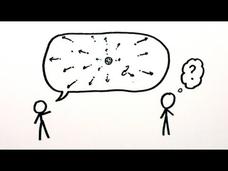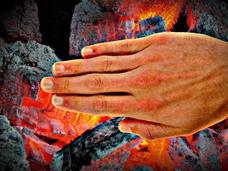Special Education Teacher Resources
From resources for the special education classroom to accommodations for mainstreamed students with special needs, explore Lesson Planet’s reviewed and rated teaching strategies, assessment tools, apps, lesson plans, videos, resource collections, and activities designed to make learning come alive across disciplines!
Whether new to special education or an experienced veteran, starting out the year can be difficult. Here is a model you could use when developing your own weeklong schedule. There are apps to help instructors write IEP goals and objectives for all kids in your caseload. Check out this video review of one such app.
Lesson Planet has resources, lessons, and apps designed for learners on the autism spectrum, sample lessons provided by an ADHD specialist, lessons for children with moderate disabilities and/or Down syndrome, and activities for other students with profound needs. The resources in our collection are designed to make your job just a little bit easier.

























